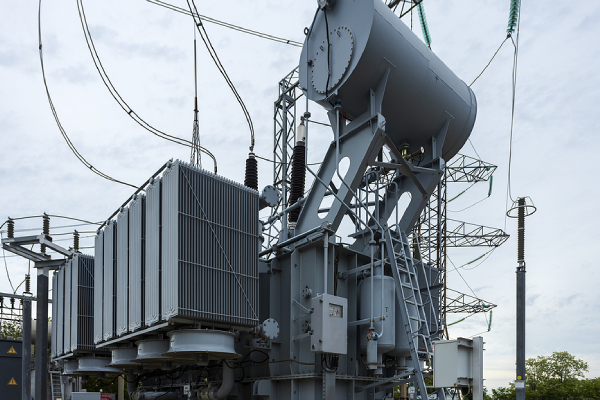Transformers are essential components in electrical power distribution, ensuring the safe and efficient transmission of electrical energy from one voltage level to another. These devices are used across various industries, including power generation, manufacturing, and utilities. To maintain the reliability of the power grid and prevent costly breakdowns, it’s crucial to focus on regular transformer maintenance.
Importance of Regular Inspections
Transformers are designed to function efficiently for many years, but without regular maintenance, issues can arise that compromise their performance. One of the most basic yet essential practices is regular inspections. Routine checks help identify problems early before they escalate into costly repairs or full-scale system failures. The inspection process typically includes:
- Visual Checks: Inspecting the physical condition of the transformer for any visible signs of wear, corrosion, or damage. It’s also essential to ensure that all connections are secure and that the external components are free from debris.
- Temperature Monitoring: Excessive heat is one of the most significant threats to transformer health. Transformers generate heat during operation, but if they overheat, it can lead to the degradation of key components. Monitoring temperature ensures the transformer is not operating beyond its safe limits.
- Noise Monitoring: Unusual sounds can indicate mechanical problems inside the transformer. Audible noise or vibrations can be symptoms of loose components or failing parts, which should be addressed promptly.
The Role of Transformer Fluids
Transformer fluids, often referred to as insulating oils, play a critical role in transformer maintenance. These fluids serve two key purposes: they act as a coolant and as an insulator. Transformer fluids help dissipate the heat generated during operation and ensure that electrical components are properly insulated from one another, preventing short circuits or electrical arcing.
The most commonly used transformer fluid is mineral oil, though synthetic and bio-based oils are also used in certain applications. Over time, transformer fluids can degrade due to high temperatures, moisture, and contamination from dirt or air. Regular fluid testing is essential to ensure that the fluid retains its insulating and cooling properties. This includes:
- Dielectric Strength Testing: This test measures the fluid’s ability to resist electrical breakdown. If the dielectric strength decreases, the fluid may no longer provide adequate insulation, which can lead to transformer failure.
- Moisture Content: Excess moisture in transformer fluids can reduce the fluid’s insulating properties, potentially causing short circuits. Monitoring moisture levels and filtering out excess moisture can prevent this.
- Acidity Testing: As the transformer fluid ages, it can become acidic, which can cause corrosion to internal components. Regular checks for acidity levels help to avoid this risk.
Cleaning and Replacement of Transformer Fluids
Over time, transformer fluids can become contaminated with particulates, moisture, or gases. These contaminants can degrade the performance of the transformer and affect its lifespan. A regular process of fluid replacement or cleaning can mitigate these issues. Depending on the condition of the fluid, the replacement might be necessary every 3-5 years. During the process, the following steps are typically followed:
- Draining the old fluid: Carefully draining the old transformer fluid is a crucial step to ensure the removal of all contaminants.
- Flushing and cleaning the transformer: After draining, the transformer should be flushed and cleaned to remove any residue or particles from the internal components.
- Refilling with fresh transformer fluid: Once the transformer has been cleaned, it should be refilled with fresh fluid that meets the manufacturer’s specifications.
Preventing Overloading
Overloading is another major factor that can lead to transformer failure. Each transformer has a rated capacity, which should not be exceeded to avoid overheating and premature wear. Transformers that are regularly overloaded are at risk of damage and may fail when the internal components reach their thermal limit. By carefully monitoring the load placed on transformers and ensuring that they operate within their specified range, the risk of overloading can be minimised.
Conclusion
Proper transformer maintenance is vital to ensuring the reliable operation of power distribution systems. Regular inspections, temperature monitoring, and the careful maintenance of transformer fluids are essential practices that contribute to the longevity and efficiency of transformers. Transformer fluids, in particular, play a crucial role in maintaining insulation and cooling, and testing them regularly helps identify potential issues before they become significant problems. MES offers a range of services, including transformer maintenance, generator rewinding, and more, to ensure the optimal performance of your electrical equipment.
By adhering to a strict maintenance schedule and ensuring that transformers are operating within their optimal parameters, businesses can prolong the lifespan of their equipment, reduce the likelihood of failures, and improve overall operational efficiency. Regular maintenance and fluid management are the key to achieving these goals, making them indispensable components of a comprehensive transformer care strategy.

